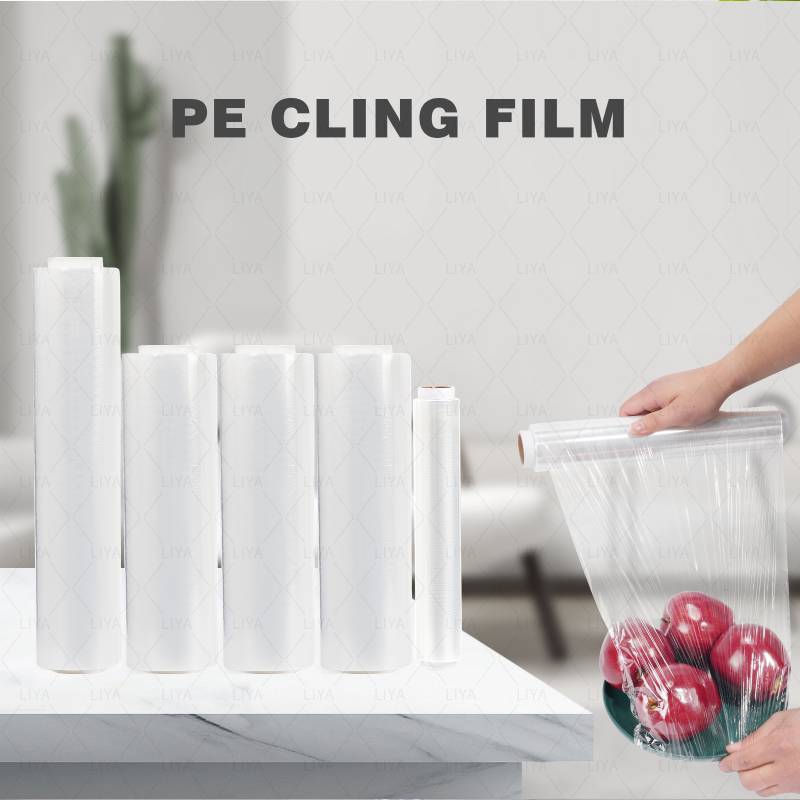Sustainable Zippers for Eco-Friendly Fashion and Packaging Solutions
The Emergence of Biodegradable Zippers A Sustainable Solution for Fashion
In recent years, the fashion industry has faced increasing scrutiny over its environmental impact. From the production process to the disposal of garments, the carbon footprint of clothing is significant. Among the many components of garments, zippers, often overlooked, contribute to the environmental strain. Traditional zippers, usually made from plastics, metal, or a combination of both, do not decompose and add to the burgeoning waste problem. In response to these concerns, a revolutionary solution has emerged biodegradable zippers.
Biodegradable zippers offer a sustainable alternative designed to minimize environmental impact. These zippers are typically composed of eco-friendly materials, which allow them to break down naturally under the right conditions. This innovative step aligns with the broader movement towards sustainability in fashion, emphasizing the importance of considering every component of an item, from fabric to fastenings.
The creation of biodegradable zippers is a response to the pressing need for eco-conscious manufacturing. Traditional zippers can take hundreds of years to decompose, contributing to landfill overflow and plastic pollution. In contrast, biodegradable zippers can break down within a few years, depending on environmental conditions. They are often made from organic materials such as natural fibers or bio-based plastics that mimic the properties of traditional zippers while ensuring a shorter life span in landfills.
One of the key benefits of biodegradable zippers is their ability to maintain functionality without sacrificing quality. Many consumers might assume that eco-friendly products are inferior, but advancements in materials science have led to the development of biodegradable zippers that are just as durable and reliable as their conventional counterparts. Brands are now able to produce garments with zippers that can withstand the wear and tear of daily use while being kind to the planet.
biodegradable zipper

Moreover, the movement towards biodegradable zippers is not just about the environmental benefits; it's also about consumer awareness and choice. As consumers become more educated about the impacts of their purchases, they increasingly seek out products that align with their ethical values. Companies that adopt biodegradable zippers demonstrate a commitment to sustainability, attracting eco-conscious consumers. This shift in consumer behavior presents an opportunity for brands to differentiate themselves in a crowded market by promoting their sustainable practices.
The fashion industry, however, isn’t without its challenges when it comes to implementing biodegradable zippers. One significant hurdle is the need for a comprehensive understanding and integration of biodegradable materials within the garment production process. Manufacturers must balance cost efficiency with sustainability, as eco-friendly materials can still be more expensive than their traditional counterparts. Additionally, there is a growing need for proper disposal and recycling systems that can handle biodegradable products effectively. Education for consumers is also crucial; without proper knowledge, biodegradable products may still end up in landfills where they cannot decompose properly.
Despite these challenges, the ingenuity of the fashion industry continues to shine through. Several brands are already incorporating biodegradable zippers in their collections, sharing the message that style and sustainability can coexist. Collaborations between environmental organizations and fashion brands are also paving the way for broader acceptance and implementation of these eco-friendly alternatives. With advancements in technology and a commitment to sustainable practices, biodegradable zippers are poised to become a staple in the industry.
In conclusion, biodegradable zippers represent a significant advancement in the quest for sustainable fashion. These eco-friendly fastenings not only reduce landfill waste but also encourage a shift in consumer behavior toward more environmentally responsible purchasing. As the industry continues to evolve, the integration of biodegradable zippers could become a standard practice, promoting a future where fashion and nature thrive together. By embracing these innovations, we can take meaningful steps toward a more sustainable world, one zipper at a time. As consumers, we should applaud brands that make such efforts and continue to advocate for more eco-friendly practices across the fashion industry, ensuring that we all play a part in preserving our planet for future generations.
-
The Best Uses for Small Trash Bags in Daily LifeNewsJul.01,2025
-
Stylish Reusable Grocery Bags TrendsNewsJul.01,2025
-
Shipping Advantages of Using Bubble Envelopes BulkNewsJul.01,2025
-
How Compostable Mailing Bags Reduce Environmental ImpactNewsJul.01,2025
-
Environmentally - Friendly Bulk Poly MailersNewsJul.01,2025
-
Eco Friendly Custom Laminated Tote BagsNewsJul.01,2025
-
Have the freedom of customizing your custom mailers any way you want! Our dedicated packaging support will help deliver you the mailing experience you need to elevate your shipping experience to the next level! Start making a strong impression on your customers and stand out from your competitors! -
LIYA uses high quality raw materials which directly purchased from large enterprises domestic and overseas such as PetroChina, Sinopec, Sabic, Equate, ExxonMobil, Dow Chemical, Total, and Borouge, ensuring the price advantage and quality of the raw materials. -
LIYA uses high quality raw materials which directly purchased from large enterprises domestic and overseas such as PetroChina, Sinopec, Sabic, Equate, ExxonMobil, Dow Chemical, Total, and Borouge, ensuring the price advantage and quality of the raw materials.





